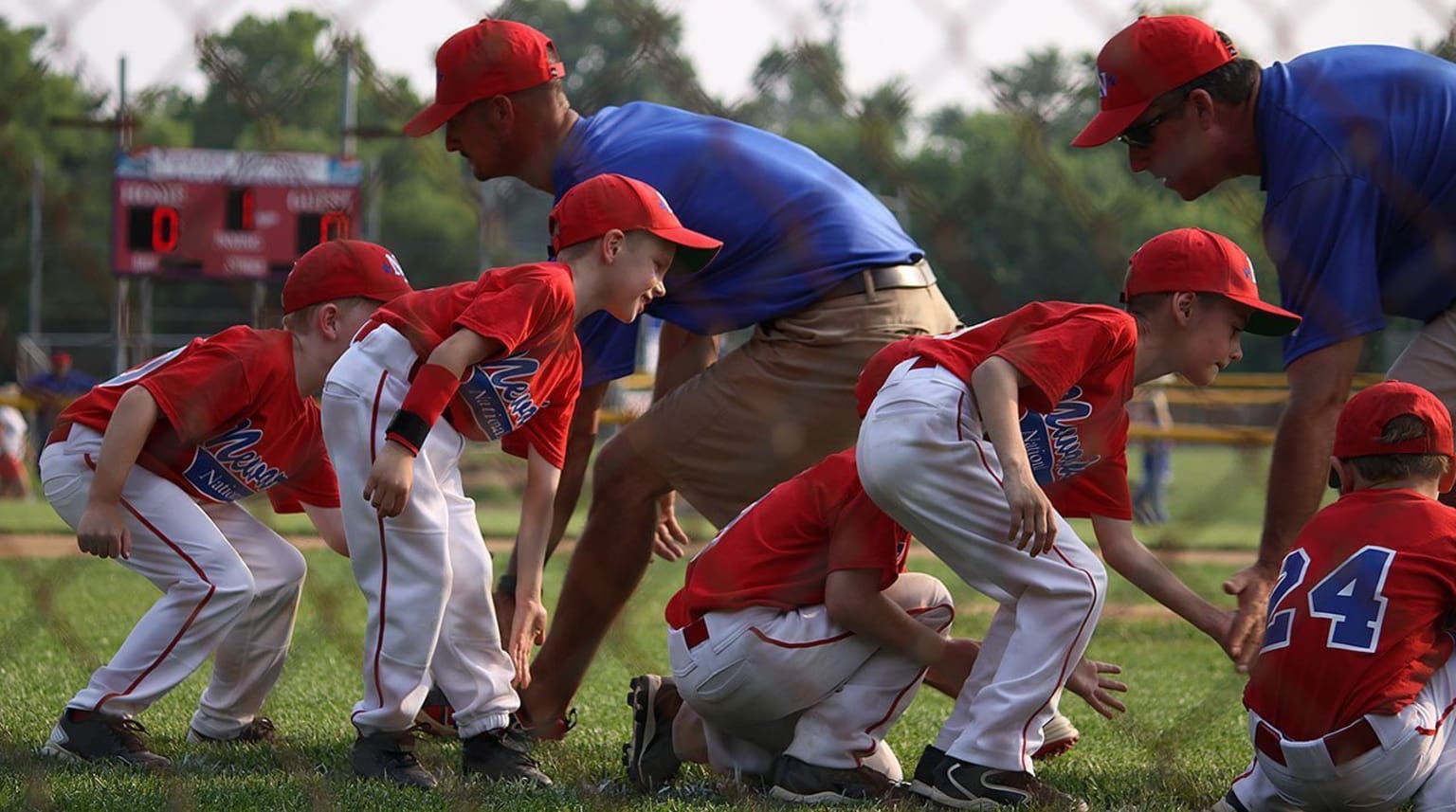Safe and Structured Training, Conditioning Protects Players

Keeping young players safe over a long season — and thus keeping them on a trajectory to keep improving over the long term — should be a coach’s top priority.
Tim Meadows coached his son’s Little League® team in the greater Houston area. He said whether he’s working on pitching, hitting, or conditioning, the key is teaching the game and its fundamentals first.
A former collegiate baseball player, Mr. Meadows cares about winning games as a coach, but he doesn’t want to win at the expense of ruining a child’s arm.
“You have to remember that you’re working with children, who have underdeveloped bodies,” said Mr. Meadows, a former catcher at Louisiana Tech University, and one-time coach at Eastfield College in Mesquite, Texas. “The idea I try to preach with other coaches and other parents is that kids are constantly growing, changing, and evolving. Everything we do is driven by teaching the right way to do it so when they stop growing, they know what they’re doing.”
As a coach, Mr. Meadow’s goal for young pitchers is to have them throw nothing but fastballs, which helps them get their command down. Pitchers should learn to throw fastballs at various speeds, but consistently work the strike zone, or their spots. When pitchers become more developed, then they can work on breaking pitches to complement the fastball. But even as pitchers get older, the really good ones know how to rely on their fastballs.
Conditioning is critical, but it’s not always necessary to have players running long distances. Sometimes it’s better to work on short bursts and sprints.
“I don’t send players running laps around the field,” Mr. Meadows said. “My conditioning plan doesn’t include a mile, because baseball players never run that much at one time.”
Mr. Meadow’s focuses on running quick sprints where players may need to stop quickly and change direction, so shuttle runs and sprints with stop-and-go measures can help a Little Leaguer® with their explosiveness. One drill that Mr. Meadows uses that has proven successful is to have players start into a full sprint and then stop as soon as possible when he gives the order.
“Learning to run at a younger age can help build twitch muscles in the knees and hamstrings to prevent possible injuries as the body gets older,” said Mr. Meadows. “I’ve seen guys in high school, and even college, who didn’t train right when they were younger, and they wound up pulling their hamstrings or their quads.”
Mr. Meadows is also an advocate of sports diversity, and opposed to constantly playing throughout the year.
“Don’t play baseball or softball year-round … Let kids be kids,” said Mr. Meadows. “We completely layoff for three solid months. In that time, we barely even pick up a ball. I think it is important and smart to have children enjoy their youth and learn things the right way before ruining their love of the game — or their growing bodies.”
Submitted by GameChanger